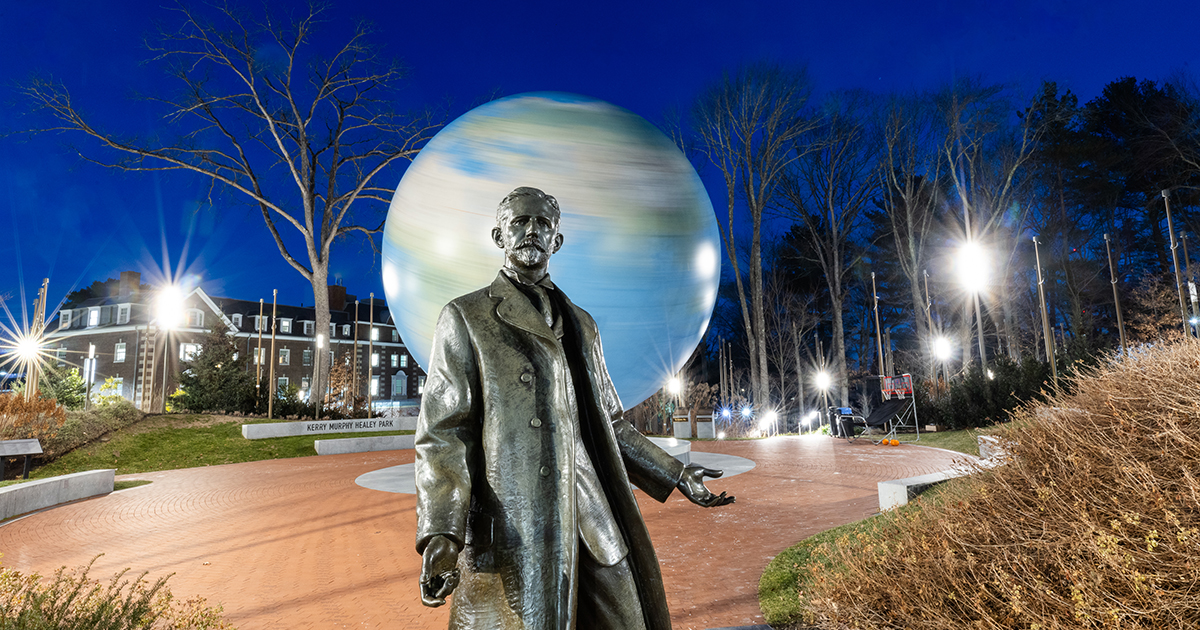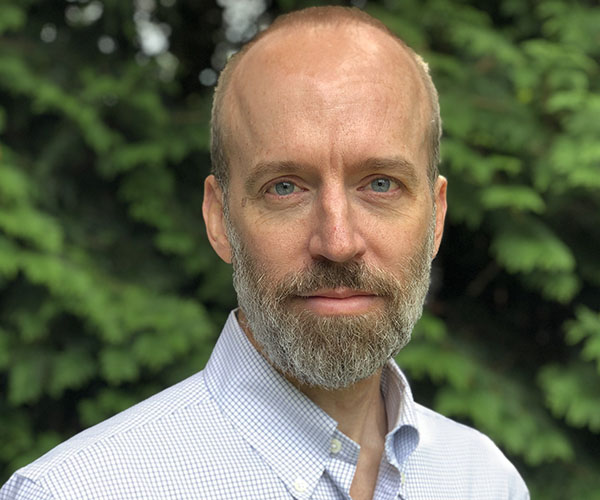Great Leaders Must Be Great Coaches—Here’s How to Become One

What makes a great leader? Our traditional visions of leadership often center around a lone hero taking charge and charting a bold path for others to follow. But in my years of research on leadership development and my experience training hundreds of executives at top companies, I’ve found that successful leaders are much more relational and cooperative than this outdated view imagines.
Editor’s note: This article first appeared in Entrepreneur magazine.
An entrepreneurial leader coaches her team to unleash their full potential. She helps team members develop a vision for their ideal versions of themselves and fuels their intrinsic motivation to bring these ideal selves to life. Your job as a leader is not to blaze a path alone. It is to inspire your team to move forward together.
How to Inspire Growth
To be a successful leader, you must become an expert in how to help others grow and develop. Unfortunately, many of the existing models for professional and personal development focus on setting goals, tracking progress and measuring outcomes—and inevitably lead to feelings of failure and disappointment when we fall short. These punitive, results-driven models don’t offer the inspiration and support people need to fuel lasting change.

There is a better way to coach your team. The research-driven approach I teach at Babson College’s Arthur M. Blank School for Entrepreneurial Leadership is based on two existing behavioral change models that are built around internal psychological development and self-realization, instead of externally imposed metrics.
Intentional change theory (ICT), developed by Richard Boyatzis, posits that people change themselves in a sustained way by making five self-discoveries, which I will explain in detail below. These self-discoveries lead to a vision of our ideal selves, which serve as our North Star as we grow and develop, and a process for aligning our current selves with our ideals.
Edward L. Deci and Richard Ryan’s self-determination theory (SDT) argues that the chances for sustained change are highest when people are driven by intrinsic motivation—their self-developed, internal motivations for change—as opposed to external motivators such as pay and praise. We are most likely to achieve this intrinsic motivation when three basic needs are satisfied: autonomy (a sense of being self-directed), relatedness (a sense of connection with and care for and from others) and competence (a sense of self-confidence in our words and actions).
To be a great coach and effectively develop your team, you must meet these three SDT needs that are the springboard for intrinsic motivation, and then use that motivation to help your team members achieve sustained change by guiding them through the ICT discovery process. I’ll explain the discovery process step by step to demonstrate exactly how it works, and you can read more in my paper on this topic for Leadership Quarterly.
The Process of Intentional Change
First, successful coaches encourage people to find their ideal selves—the initial discovery. The ideal self is someone’s aspirational view of who they want to become or what they want to do, instead of what they feel obligated or expected to be. The ideal self serves as a guiding light giving life to someone’s aspirations and actions.
You can help team members identify their ideal selves by asking targeted questions to develop a vision statement for who they ultimately want to be. A vision statement isn’t a traditional goal, but instead an inspiring description of someone’s biggest aspirations. The questions should also positively impact a person’s feelings of autonomy, relatedness and competence (the three core SDT needs). This will build trust in the coaching relationship, allowing team members to tap into the creative and vulnerable space needed to identify their ideal selves. As your team’s needs are met through discovering their ideal selves, their intrinsic motivation will rise.
You should take a similar approach to the second discovery process: helping team members identify their real selves. The real self is someone’s current self as expressed through their values, strengths and weaknesses, personality and more. As in the first phase, you can employ questions and assessments that fulfill each of the three SDT needs as your team members work to pinpoint their real selves. Commonly used assessment tools such as Firo-B, Strength Finders, MBTI and DISC help people identify the strengths and capabilities they can leverage to move closer to their ideal selves.
After your team members have identified their ideal and real selves, you can guide them to develop a learning agenda. This agenda outlines concrete action steps by which someone can close the gap between their real and ideal self by harnessing the strengths identified in the prior phase. A learning agenda should be inspiring and aspirational while offering feasible and concrete steps to align the real and ideal selves, a balance that helps maximize motivation and persistence.
“Effective entrepreneurial leaders coach their team members to become the most aspirational versions of themselves.”
Scott Taylor, the Arthur M. Blank Endowed Chair for Values-Based Leadership at Babson College
Your team members can then move to the fourth discovery step, experimentation and practice, where they try out a “provisional self” by practicing the actions from their learning agenda that will move them closer to their ideal selves. Keep an eye on your team members’ connections to their ideal self during this experimentation. If they seem unmotivated or start to lose direction, you should help them reconnect with their ideal self, potentially by returning to the first phase in the process if necessary.
The final discovery—trusting relationships—is not a phase of its own, but a quality that should happen at each stage in the process. True, lasting change is most likely if there is a trusting, supportive relationship between an individual and their coach. It is your role to help foster this relationship with your team members throughout the discovery process and beyond, which will both increase their likelihood of success and serve as a boon to their motivation and overall wellness.
Effective entrepreneurial leaders coach their team members to become the most aspirational versions of themselves. This approach creates psychological safety and satisfies people’s needs in a way that allows them to maximize risk-tracking, creativity and innovation. They will be ready to confront a world with increasingly complex and unexpected challenges that require dynamic solutions.
Becoming a better coach—and making sure other leaders in your organization are effective coaches—is one of the best ways to supercharge your organization’s success and your team’s fulfillment.
Scott Taylor is a professor of organizational behavior and the Arthur M. Blank Endowed Chair for Values-Based Leadership at The Arthur M. Blank School for Entrepreneurial Leadership at Babson College. His research primarily focuses on leader development and assessment.
Posted in Entrepreneurial Leadership, Insights





